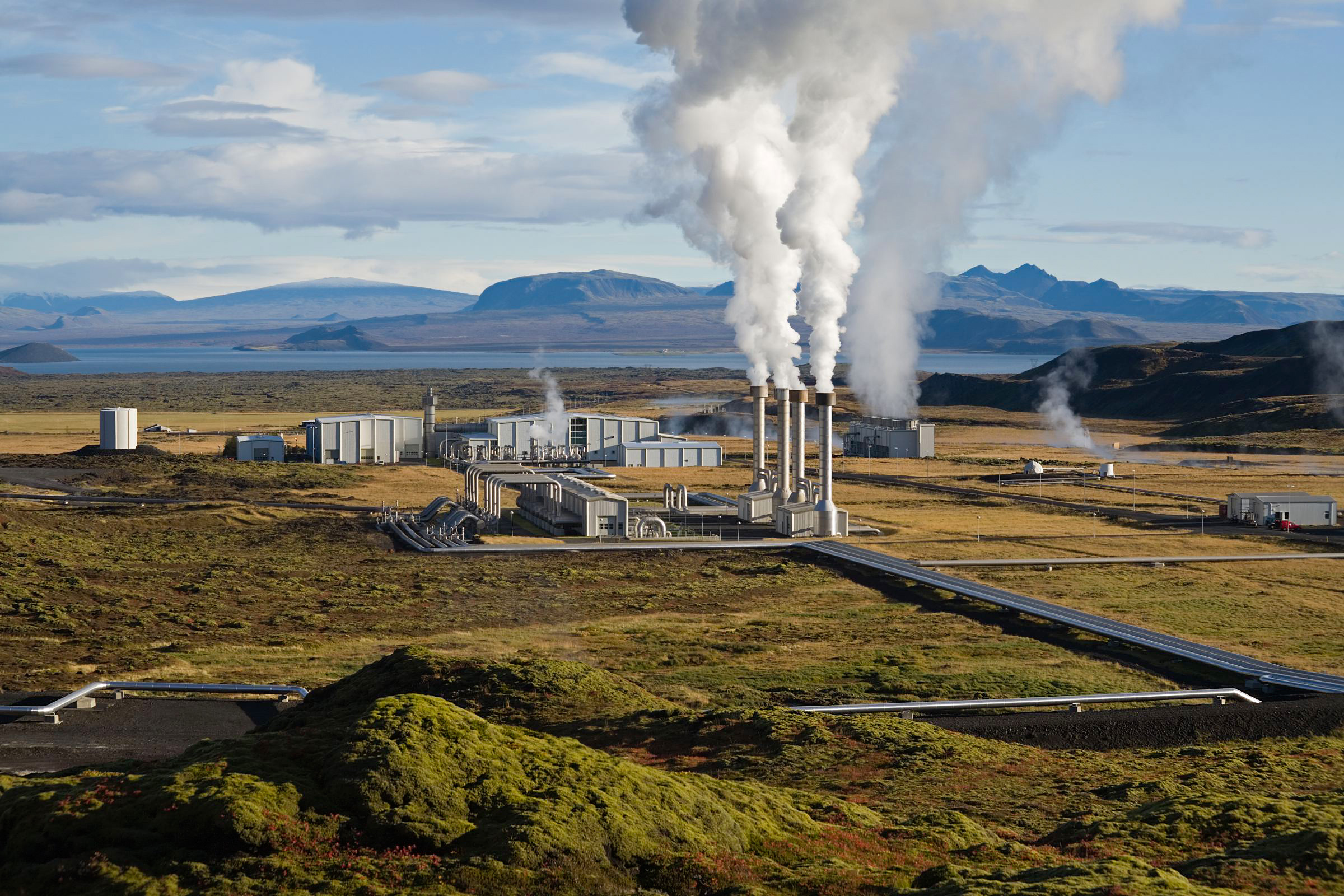Geothermal energy is an abundant and sustainable form of energy that can be used to generate electricity, heat buildings and provide hot water. It is a renewable energy source that has the potential to provide a significant amount of our power needs. Visit here for more information on reputable energy sources.
Geothermal energy is generated from the heat of the Earth’s core, which is produced by radioactive decay. This heat can be harnessed in various ways, such as through geothermal plants or direct use systems. Geothermal plants use steam from hot water reservoirs deep underground to turn turbines and generate electricity. Direct use systems are used for heating buildings, providing hot water and other applications.
Using geothermal energy has many benefits over other forms of energy production such as being more reliable than solar or wind power, having a much lower environmental impact than fossil fuels, and requiring less land for installation than other renewable sources. Geothermal energy also has the potential to provide baseload power since it can provide consistent and reliable electricity even when the sun isn’t shining, making it a sustainable and cost-effective energy source in the long term.
The Economic Benefits & Challenges with Investing in a Geothermal System
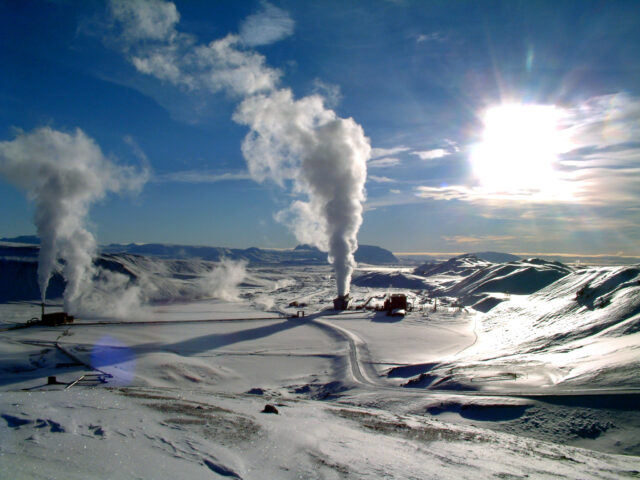
Investing in a geothermal system can offer numerous economic benefits that are worth considering. Geothermal systems provide an efficient, reliable source of renewable energy for heating and cooling buildings, which can lead to significant cost savings over time.
However, it is important to understand the challenges associated with investing in a geothermal system and how they may affect the potential economic benefits.
By understanding the costs and potential returns of a geothermal system, businesses can make an informed decision about whether or not it is right for them.
What are the Environmental Impacts of Using Geothermal Energy?
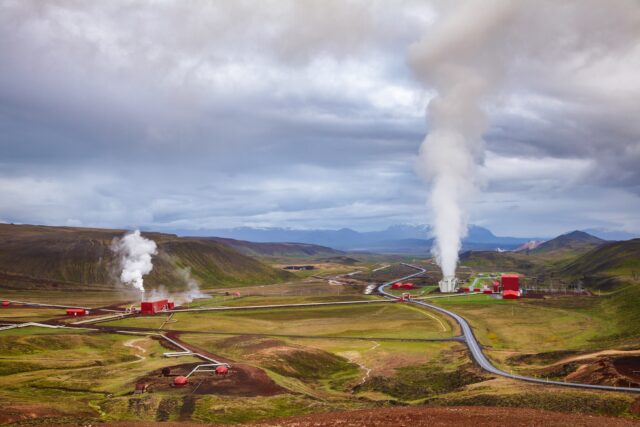
Geothermal energy is a form of renewable energy that has been gaining more attention in recent years due to its potential to reduce emissions and provide a clean source of energy.
However, like all forms of energy, there are environmental impacts associated with using geothermal energy. It is important too to examine and explore the environmental impacts of geothermal energy and learrning how it can be used responsibly.
It is Constantly Accessible
Unlike many other renewable sources, geothermal energy is always accessible. It is not affected by the time of the day like solar energy, nor does it change with the seasons, climate, or weather like wind and solar energy do.
Compared to solar power plants, which typically only generate electricity for around 2,000 hours per year, geothermal power plants typically provide electricity for roughly 8,600 hours annually. For the foreseeable future, geothermal energy generation may be thought of at a steady pace. As a result, it may be anticipated and prepared for with more ease.
Alternative Energy That Can Be Trusted
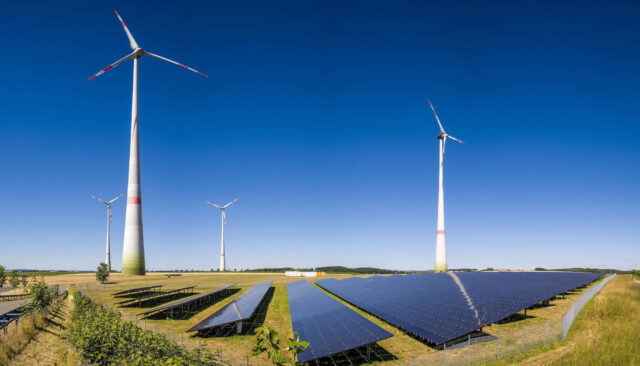
Since it operates independently of the weather and is accessible year-round, geothermal energy is a reliable energy source.
Compared to other groups, geothermal ranks highest on the accessibility component, which indicates how consistent and steady certain energy sources are, lending credence to the claim that it is not dependent on changing extenuating factors to supply energy.
Tolerates Two-Way Recycling
Energy derived from the earth’s heat and steam is efficient. Plants, on the one hand, have parts that may be recycled when the installation’s useful life has ended. On the other hand, the steam pipes that run the plant are arranged in such a way as to recycle any heat that isn’t utilized immediately, resulting in a significant reduction in energy waste.
Subtle Power
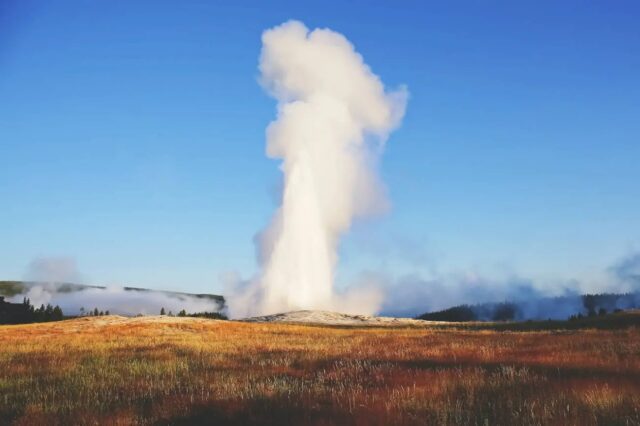
To the human ear, the noise levels produced by geothermal power plants are inaudible or insignificant while operating at full capacity. There will be some noise during the plants’ building phase, but after that phase is through, the plants will be completely silent. The same holds for smaller power plants with only a few turbines and home systems outside of major power plants.
Needs No Huge Rooms to Function
Geothermal power facilities, in contrast to wind farms and solar farms, need just a small footprint. Whether a small home system or an enormous power plant, nearly all machinery is hidden beneath. Heat pumps are around the size of a typical home appliance, whereas cooling towers and turbines take up most of the space in industrial facilities.
Geothermal Power Plants
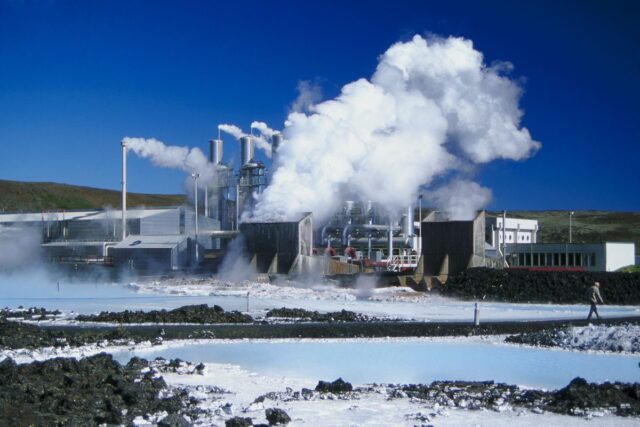
Geothermal power plants draw on dry steam or hot water from deep down geothermal reservoirs because of the high temperatures required to generate electricity. Geothermal power plants dig deep wells into the earth, much like oil drills. When the steam or hot water reaches the surface, it turns turbines that produce power. Geothermal power plants may be classified into three distinct categories:
Flash-Steam Power Plants
Use steam generators to turn superheated water at depths of more than 360 feet into useful steam. A “flash tank,” which is kept at a significantly lower pressure than the rest of the system, receives the hot water once it has reached the surface. Some of the water will “flash” or rapidly evaporate into steam to power the turbines due to the decreased pressure. Additional energy may be extracted from any leftover liquid by flashing it in a second flash tank.
Binary-Cycle Power Plants
Don’t only rely on one method of heat production. The water is pressured to between 225 and 330 degrees Fahrenheit, and the temperature range allows them to operate. Specifically, a heat exchanger is used to convert the thermal energy of the hot water into mechanical energy for the turbines.
Dry-Steam Power Plants
Incorporate steam from natural subsurface sources. The steam rises in the production well, powers the turbine, condenses, and is either re-injected into the ground or vented into the atmosphere. Dry-steam power plants are the most traditional form of geothermal plant and the simplest and most efficient.
Conclusion
Geothermal energy has a strong reputation for being sustainable, dependable, and kind to the planet.
Because of this, geothermal energy may seem like a no-brainer in certain areas, but its high initial investment prices prevent us from fully exploiting its potential.

